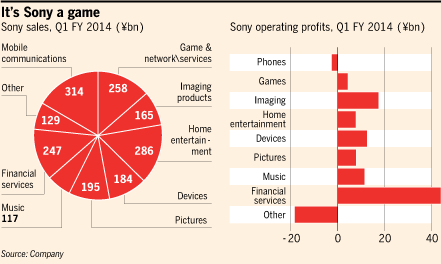"The general business model that became dominant from the 1960s through the 1990s emphasized the importance of competing via low prices, which could be obtained by cutting costs.Com um texto destes tenho de encomendar o livro, "Restoring the Innovative Edge - Driving the Evolution of Science and Technology" de Jerald Hage.
...
The widespread influence of the cost-cutting model occurred because of two processes that unfolded over the four decades from the 1960s to the present. First, decision making in many organizations became captured by particular occupations, and they were able to impose the performances over which they had control as the basis of the reward system, thus benefiting their salaries as well as their power position. The first occupation to rise to power in the 1960s was the accounting profession, who were later replaced by the finance experts. The former occupation placed emphasis on profits being achieved by cutting costs, and the second substituted the idea of stock prices. Second, in the business schools, emphasis was placed on these measures of success rather than on the importance of innovation. And even in the engineering schools, the concept of productivity became interpreted as long production runs with the same product rather than being able to adjust quickly to changing market demands."
.
BTW, dá para fazer a ponte para este gráfico super-interessante:


%2006.21.jpeg)













Sem comentários:
Enviar um comentário